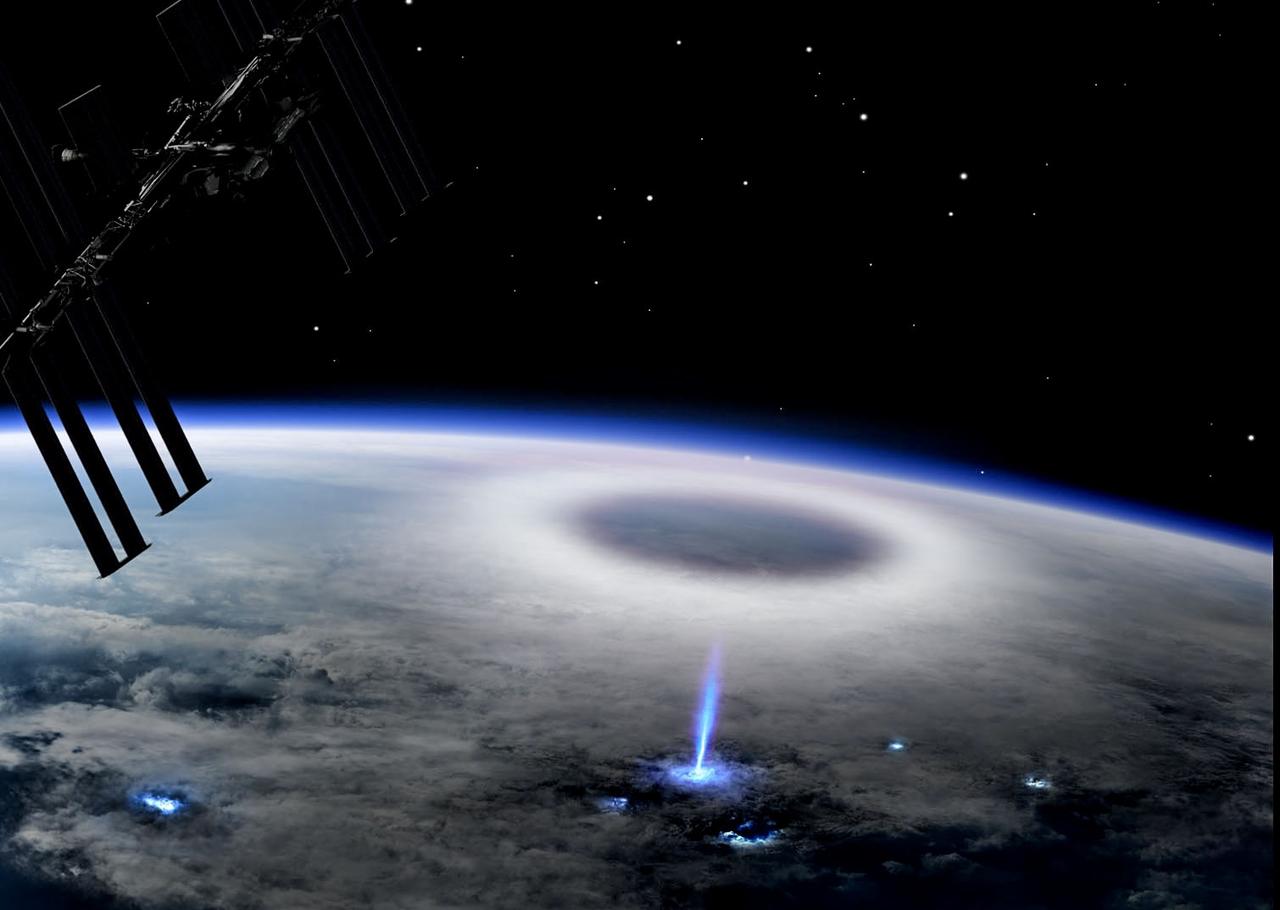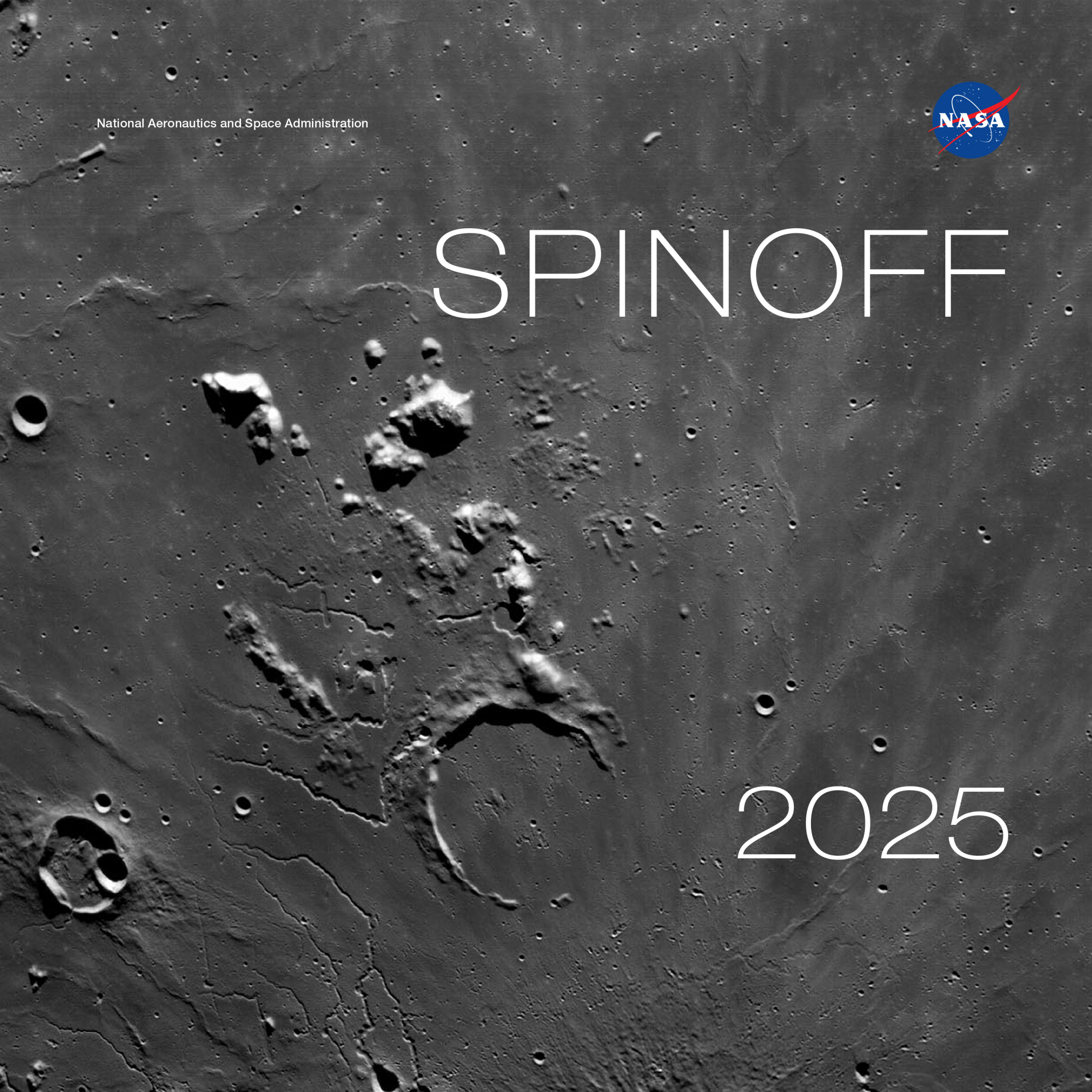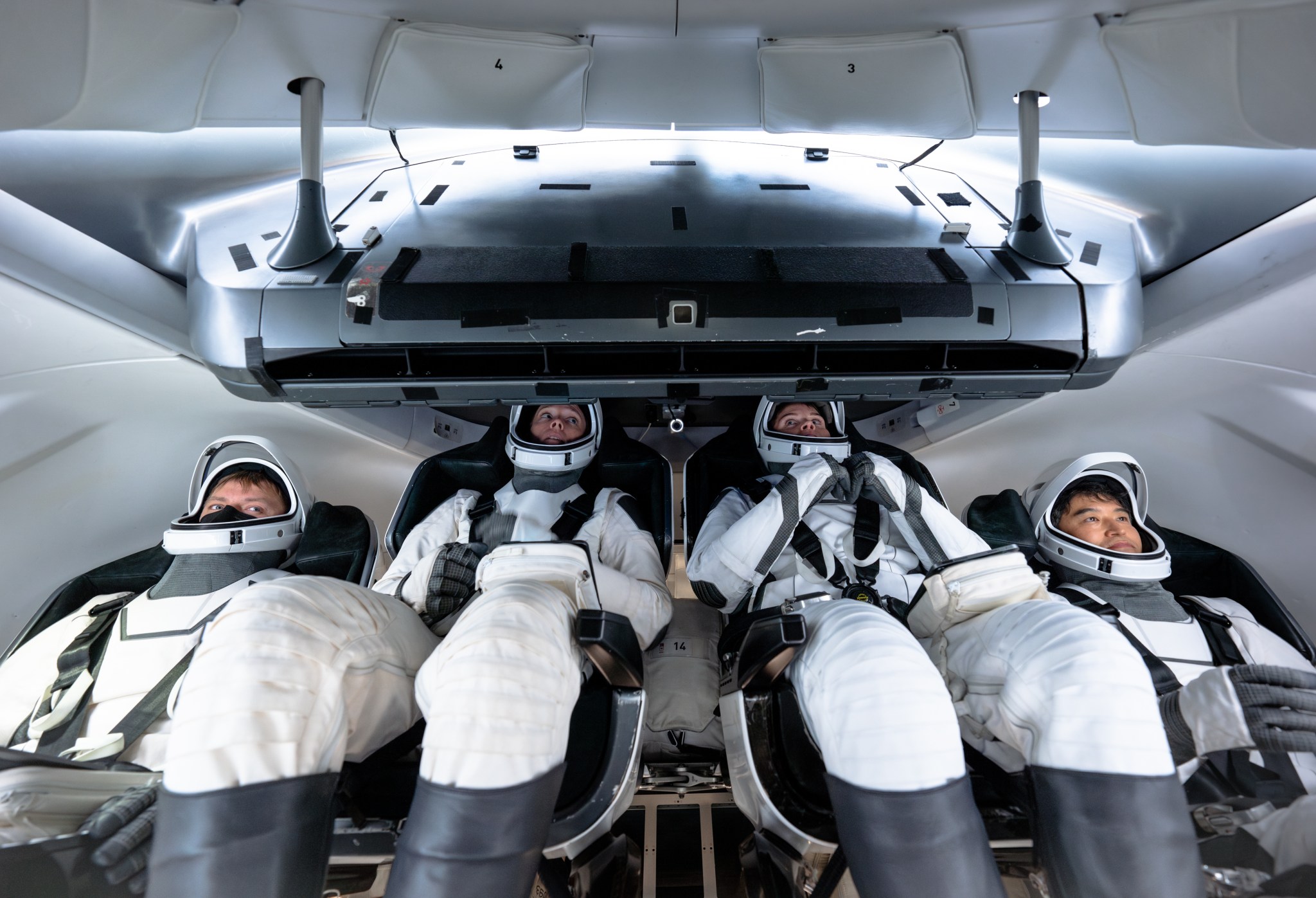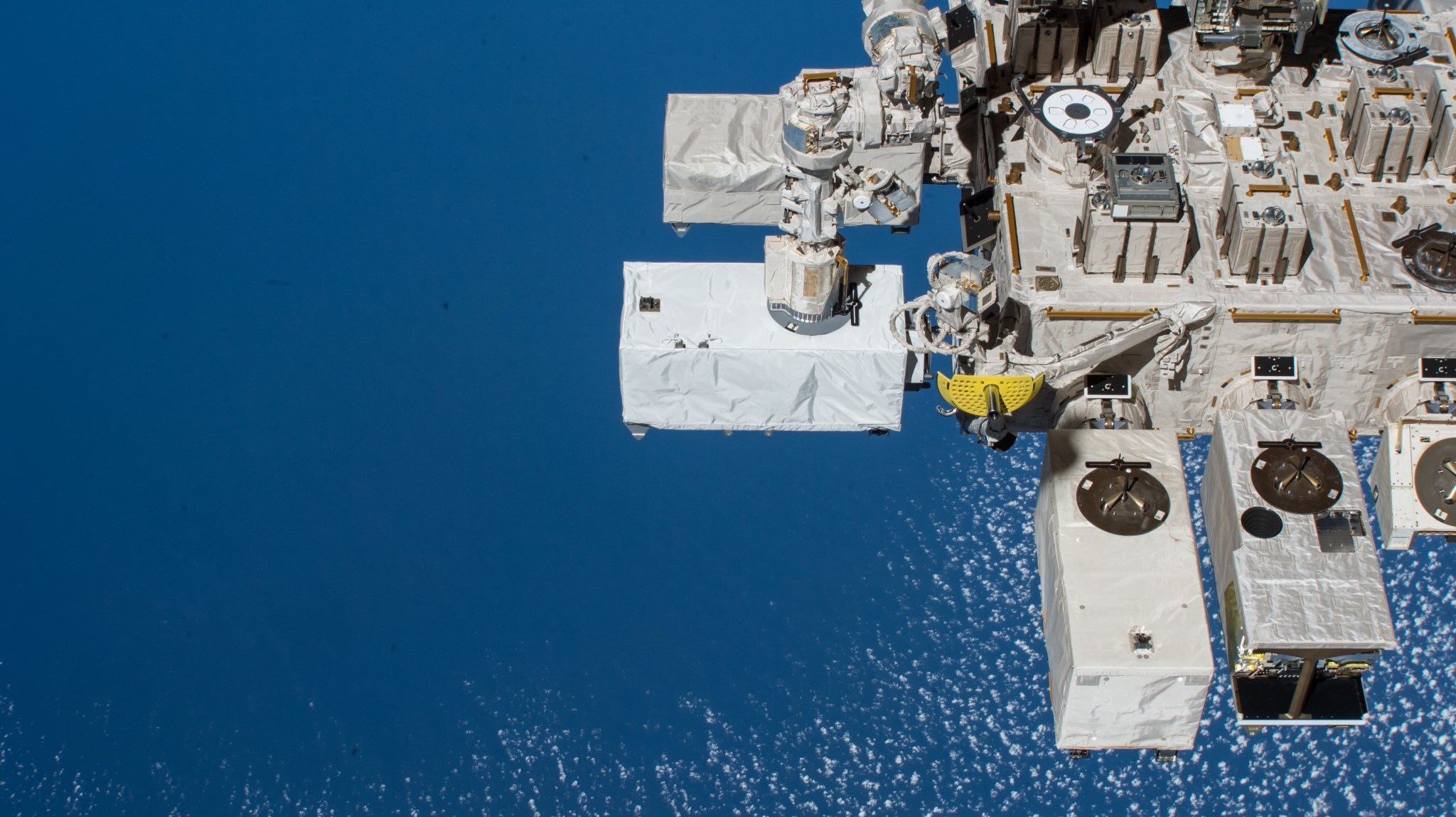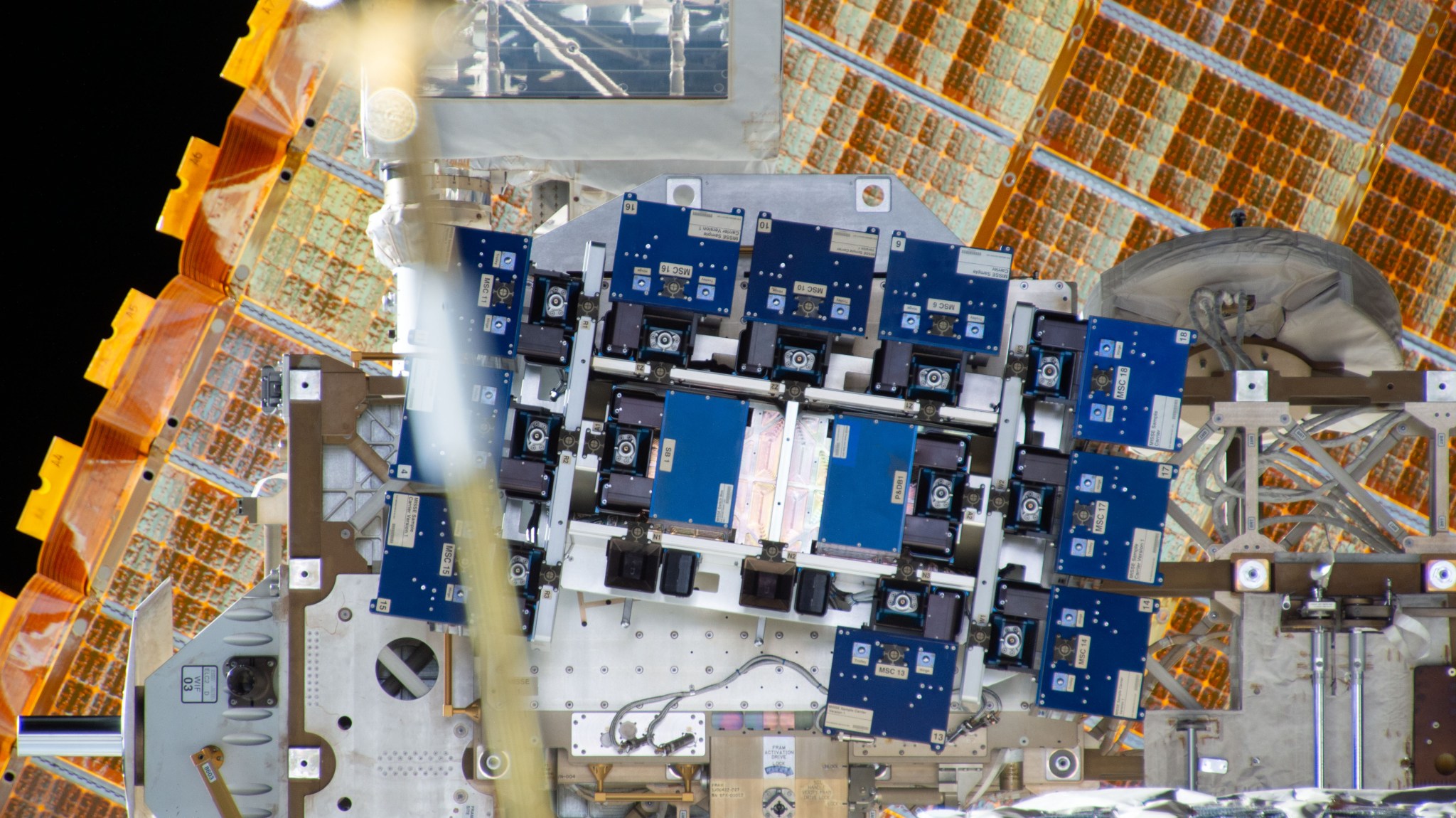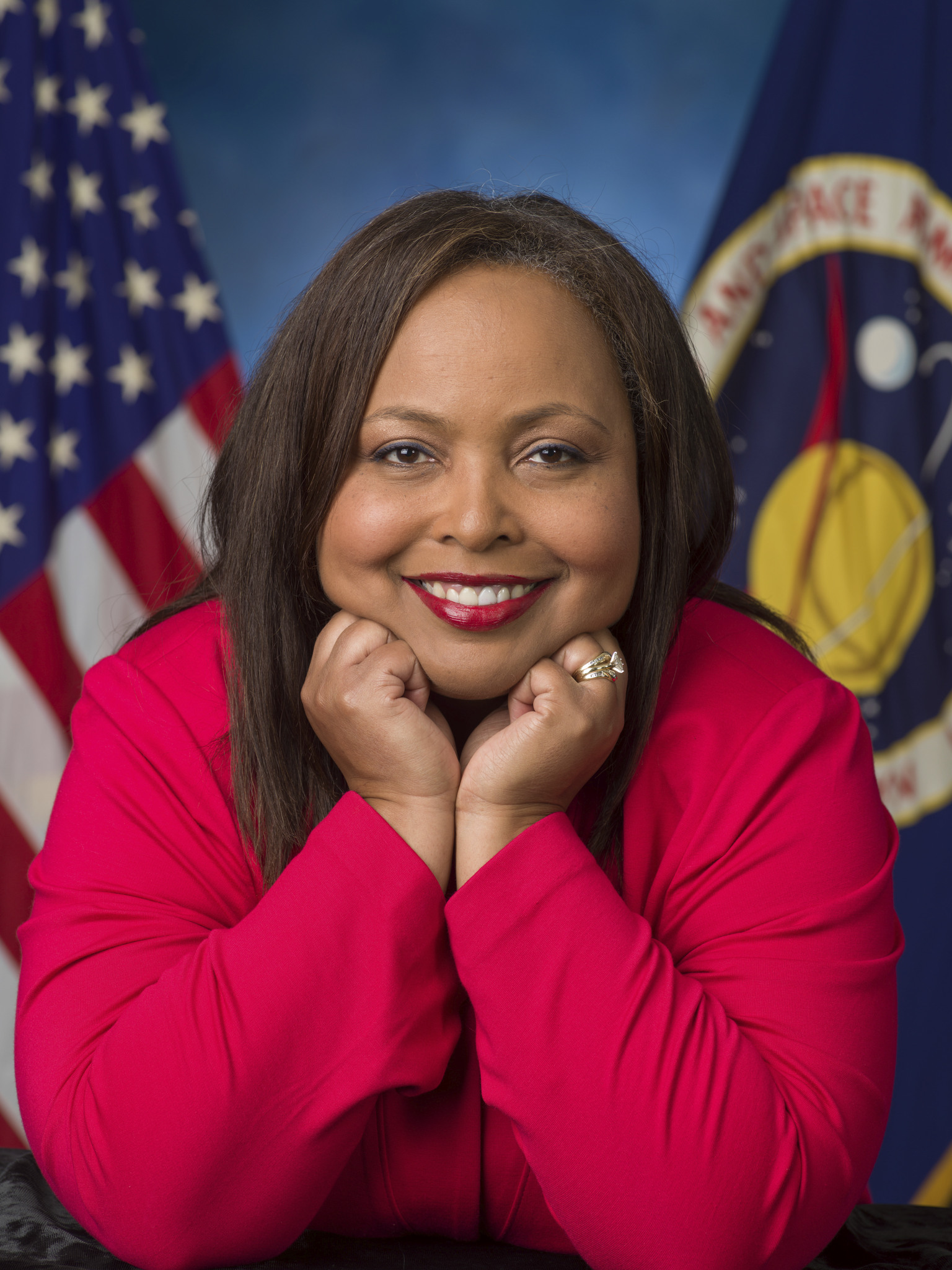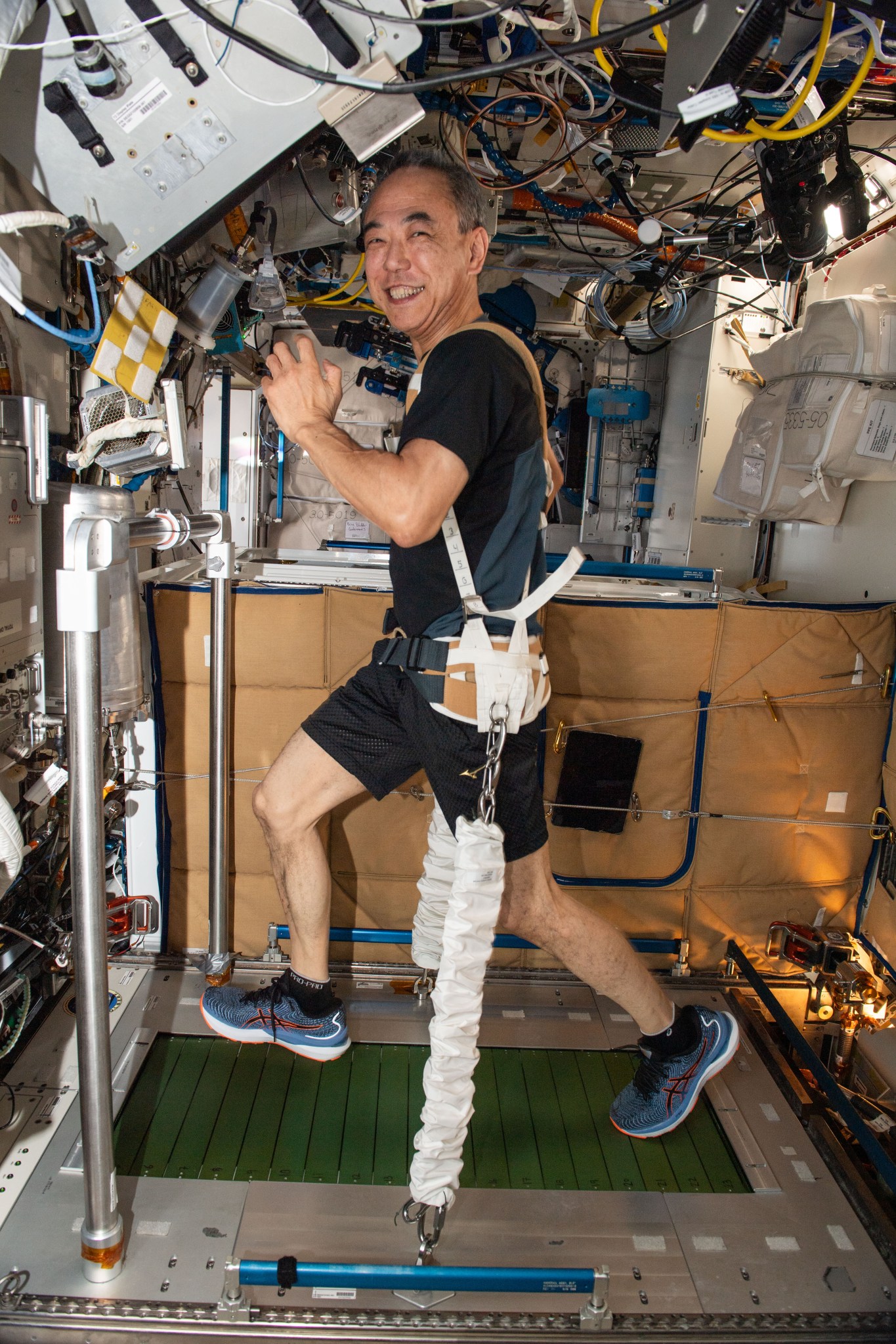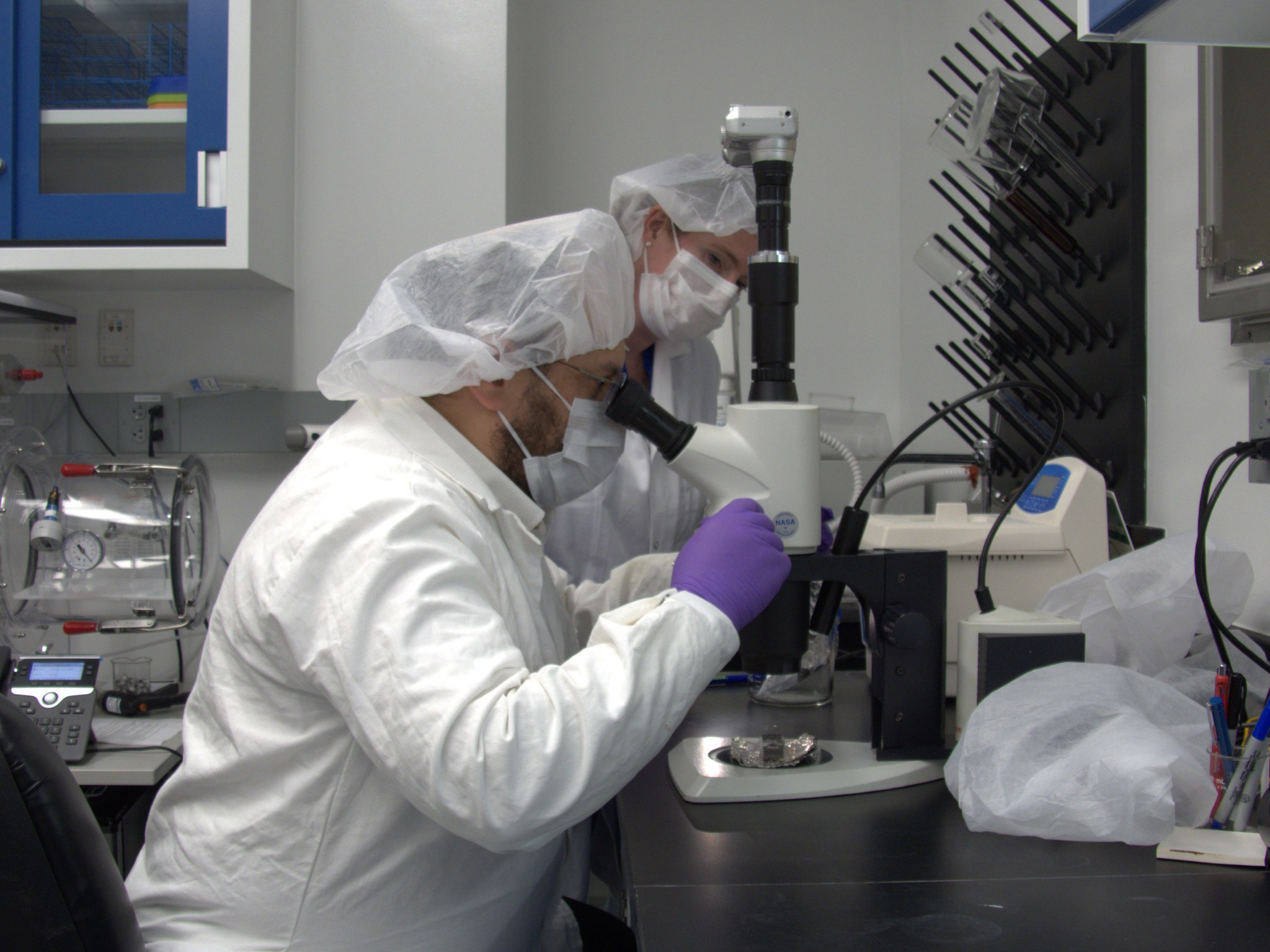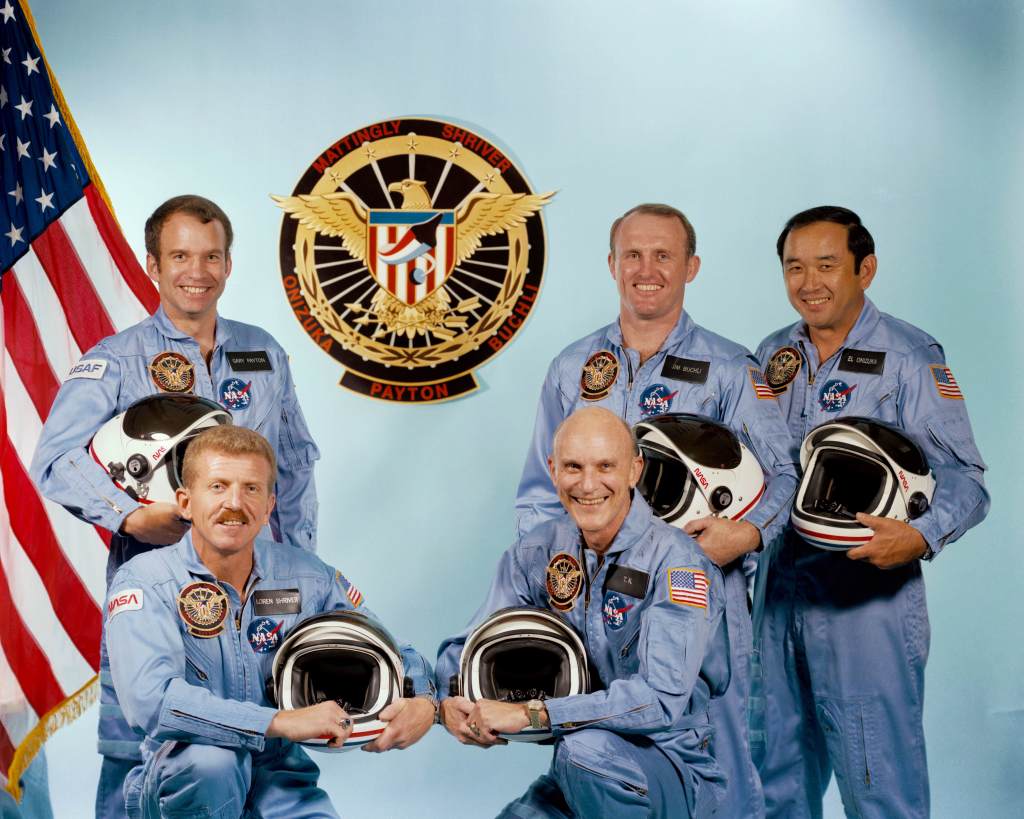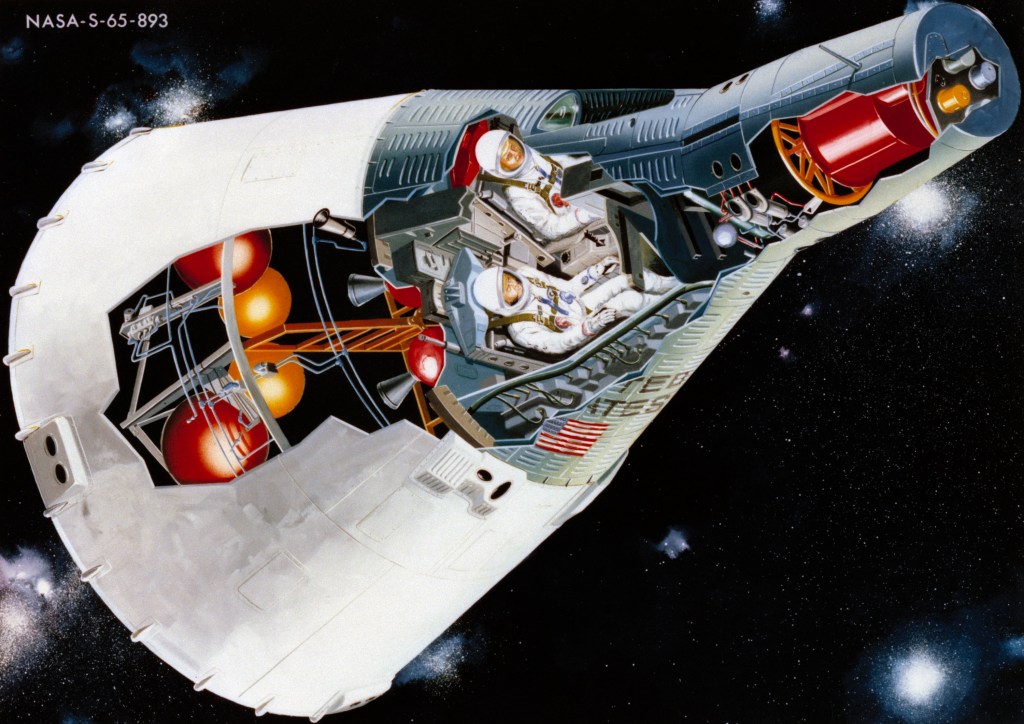Modeling properties of thunderstorm discharges Researchers report detailed physical properties of different types of corona discharges, including single- and multi-pulse blue discharges linked to powerful but short-lived electrical bursts near the tops of clouds. These details provide a reference for further investigation into the physical mechanisms behind these discharges and their role in the initiation of lightning, an important problem in lightning physics. An ESA (European Space Agency) instrument used to study thunderstorms, Atmosphere-Space Interactions Monitor (ASIM) provides insights into their role in Earth’s atmosphere and climate, including mechanisms behind…
Read MoreTag: Johnson Space Center
NASA’s Advancements in Space Continue Generating Products on Earth
The cover of Spinoff 2025, NASA’s annual publication that chronicles commercial products born from space technology, is a detailed view of the lunar surface captured by cameras on the Orion spacecraft on a close approach of the Moon during the Artemis I mission. Credit: NASA The latest edition of NASA’s Spinoff publication, which highlights the successful transfer of agency technology to the commercial sector, is now available online. For nearly 25 years, NASA has supported crew working in low Earth orbit to learn about the space environment and perform research…
Read MoreNASA, SpaceX Invite Media to Watch Crew-10 Launch to Space Station
NASA’s SpaceX Crew-10 members (from left to right) Roscosmos cosmonaut Kirill Peskov, NASA astronauts Nichole Ayers and Anne McClain, and JAXA (Japan Aerospace Exploration Agency) astronaut Takuya Onishi pictured training at SpaceX in Hawthorne, California. Credit: SpaceX Media accreditation is open for the launch of NASA’s 10th rotational mission of a SpaceX Falcon 9 rocket and Dragon spacecraft, carrying astronauts to the International Space Station for a science expedition. The agency’s SpaceX Crew-10 mission is targeting launch on Wednesday, March 12, from Launch Complex 39A at NASA’s Kennedy Space Center…
Read MoreStation Science Top News: Feb. 7, 2025
Measuring water loss from space This study showed that the International Space Station’s ECOSTRESS instrument estimates of evapotranspiration (transfer of water to the atmosphere from Earth’s surface and plants) are comparable to ground-based reference values. This finding suggests space measurements could provide guidance for improved water management on large scales. Worsening droughts due to climate change require better water management. Evapotranspiration is a critical part of the hydrologic cycle, but data are lacking on local water conditions and demands. California’s Eastern Municipal Water District uses the ground-based California Irrigation Management…
Read MoreStation Science Top News: Jan. 31, 2025
Seeds survive space A close-up view of the Materials International Space Station Experiment hardware housing materials for exposure to space. NASA Researchers found that plant seeds exposed to space germinated at the same rate as those kept on the ground. This finding shows that plant seeds can remain viable during long-term space travel and plants could be used for food and other uses on future missions. Materials International Space Station Experiment-14 exposed a variety of materials to space, including 11 types of plant seeds. The work also evaluated the performance…
Read MoreStation Nation: Meet Tandra Gill Spain, Computer Resources Senior Project Manager in the Avionics and Software Office
For astronauts aboard the International Space Station, staying connected to loved ones and maintaining a sense of normalcy is critical. That is where Tandra Gill Spain, a computer resources senior project manager in NASA’s Avionics and Software Office, comes in. Spain leads the integration of applications on Apple devices and the hardware integration on the Joint Station Local Area Network, which connects the systems from various space agencies on the International Space Station. She also provides technical lead support to the Systems Engineering and Space Operations Computing teams and certifies…
Read MoreStation Science Top News: Jan. 24, 2025
Reducing reliance on resupply missions Resupply of life support elements such as air, water, food, clothing, and hygiene items will be impractical on missions to the Moon and beyond. This research assessed current use and resupply of these elements on the International Space Station and outlines technologies needed for sustained human presence in space, such as 3D printing maintenance parts, systems for laundering clothes, and improved recovery and recycling of elements. Researchers analyzed the types and mass of elements supplied from Earth to the station and astronaut feedback from various…
Read MoreNASA to Brief Media on Asteroid Sample Mission Findings
Jason Dworkin, project scientist for OSIRIS-REx at NASA’s Goddard Space Flight Center in Greenbelt, Maryland, views a portion of the asteroid Bennu sample in the center’s astrobiology lab under microscope in November 2023, shortly after it arrived from the curation team at the agency’s Johnson Space Center in Houston. Credit: NASA/Molly Wasser NASA will brief media at 11 a.m. EST Wednesday, Jan. 29, to provide an update on science results from NASA’s OSIRIS-REx (Origins, Spectral Interpretation, Resource Identification, and Security – Regolith Explorer) mission, which delivered a sample of asteroid…
Read More40 Years Ago: STS-51C, the First Dedicated Department of Defense Shuttle Mission
On Jan. 24, 1985, space shuttle Discovery took off from NASA’s Kennedy Space Center (KSC) in Florida on STS-51C, the first space shuttle mission entirely dedicated to the Department of Defense (DOD). As such, many of the details of the flight remain classified. Discovery’s crew of Commander Thomas “T.K.” Mattingly, Pilot Loren Shriver, Mission Specialists Ellison Onizuka and James Buchli, and Payload Specialist Gary Payton deployed a classified satellite that used an Inertial Upper Stage (IUS) to reach its final geostationary orbit. The three-day mission ended with a landing at…
Read More60 Years Ago: Uncrewed Gemini 2 Paves the Way for the First Crewed Mission
On Jan. 19, 1965, Gemini 2 successfully completed the second of two uncrewed test flights of the spacecraft and its Titan II booster, clearing the way for the first crewed mission. The 18-minute suborbital mission achieved the primary goals of flight qualifying the Gemini spacecraft, especially its heat shield during a stressful reentry. Recovery forces retrieved the capsule following its splashdown, allowing engineers to evaluate how its systems fared during the flight. The success of Gemini 2 enabled the first crewed mission to fly two months later, beginning a series…
Read More